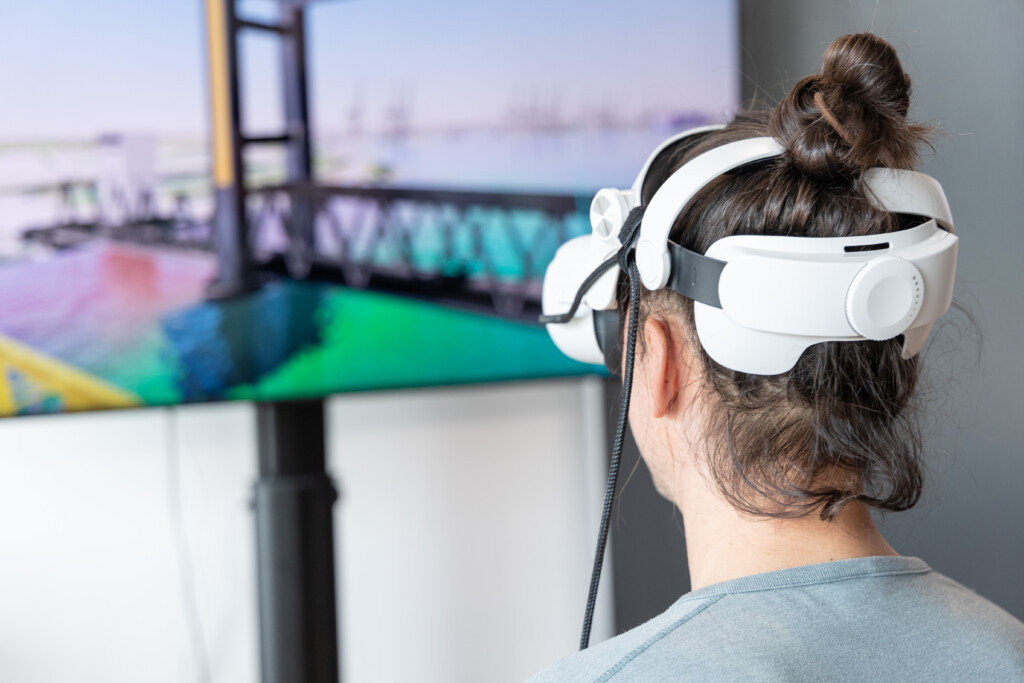Simulation of ‘what-if’ scenarios
A city is a complex system that is undergoing constant change. Digital Twins track and map these dynamics through the use of real-time data and thus constantly evolve along with the city. Not only can Urban Digital Twins therefore be used for visualisations; they also make it possible to run simulations of ‘what-if’ scenarios.
Since they are able to present complex urban processes in a comprehensive manner, Urban Digital Twins can serve as tools for future-oriented, sustainable integrated urban development and facilitate transparent participation by the urban community.
This requires urban data to be collected and then centrally stored on an Urban Data Platform. This urban data includes, for example, the current traffic situation, development plans, educational and cultural institutions and much more. It can also include real-time data collected with sensors, such as the current occupancy status of electric charging stations. Various urban actors can then access this data provide answers to various questions, such as:
What measures can we implement to improve energy use in a neighbourhood?
How can cycle paths or urban trees contribute toward improving the climate in the city?
How can we convert vacant premises into living space?
There is no single Urban Digital Twin that can answer all these questions. We, the CUT project team, see the diverse range of urban resources as building blocks for Urban Digital Twins. To deal with the various questions, it is therefore necessary to select the appropriate building blocks from the construction kit consisting of all the urban resources, and to assemble them into Urban Digital Twins that are suited meet the specific requirements for dealing with each issue.




